-
 Bitcoin
Bitcoin $114400
0.68% -
 Ethereum
Ethereum $3550
2.48% -
 XRP
XRP $3.001
4.99% -
 Tether USDt
Tether USDt $0.9999
0.01% -
 BNB
BNB $757.6
1.46% -
 Solana
Solana $162.9
1.07% -
 USDC
USDC $0.9998
0.00% -
 TRON
TRON $0.3294
0.91% -
 Dogecoin
Dogecoin $0.2015
2.46% -
 Cardano
Cardano $0.7379
2.01% -
 Stellar
Stellar $0.4141
8.83% -
 Hyperliquid
Hyperliquid $37.83
-1.91% -
 Sui
Sui $3.454
0.76% -
 Chainlink
Chainlink $16.62
3.53% -
 Bitcoin Cash
Bitcoin Cash $554.6
2.84% -
 Hedera
Hedera $0.2486
3.91% -
 Ethena USDe
Ethena USDe $1.001
0.00% -
 Avalanche
Avalanche $21.95
3.34% -
 Toncoin
Toncoin $3.563
-2.85% -
 Litecoin
Litecoin $112.7
2.65% -
 UNUS SED LEO
UNUS SED LEO $8.977
0.13% -
 Shiba Inu
Shiba Inu $0.00001232
1.85% -
 Uniswap
Uniswap $9.319
2.93% -
 Polkadot
Polkadot $3.632
1.38% -
 Monero
Monero $307.2
2.36% -
 Dai
Dai $0.9997
-0.03% -
 Bitget Token
Bitget Token $4.340
0.91% -
 Pepe
Pepe $0.00001048
1.07% -
 Cronos
Cronos $0.1348
3.26% -
 Aave
Aave $261.5
1.93%
How does NFT Scarcity affect the value of NFTs?
NFT value hinges on scarcity, encompassing both direct (limited supply) and perceived (marketing-driven) rarity. Utility, future scarcity anticipation, and blockchain's immutable record all amplify this core principle, impacting investment decisions and price volatility.
Mar 04, 2025 at 08:18 pm
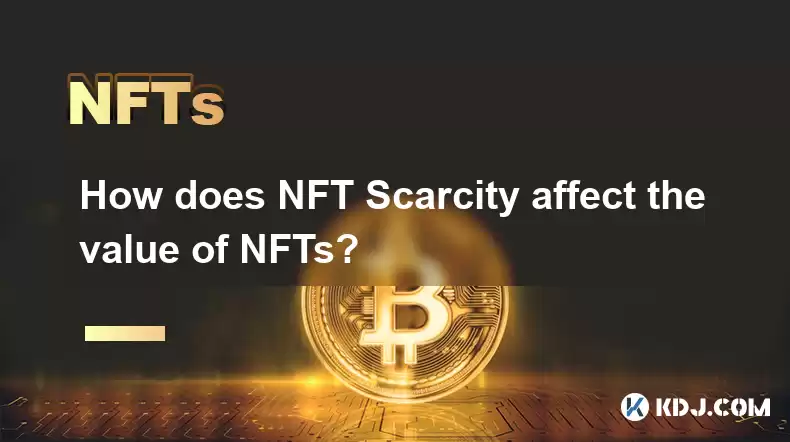
Key Points:
- Direct Scarcity: Limited supply directly impacts value. Fewer NFTs mean higher demand, pushing prices up. This is fundamental to NFT economics.
- Perceived Scarcity: Marketing and community perception can artificially inflate scarcity, impacting value. Exclusivity and hype play a significant role.
- Utility and Scarcity: Scarcity is amplified when NFTs offer unique utilities, like access to exclusive events or communities. This adds another layer to value.
- Scarcity and Future Value: The perception of future scarcity can drive investment, even if current supply isn't extremely limited. Anticipation of future utility can be a key factor.
- Technological Scarcity: Blockchain technology inherently creates scarcity through immutable records. This fundamental property underpins the value proposition of NFTs.
How Does NFT Scarcity Affect the Value of NFTs?
The value of any asset, including Non-Fungible Tokens (NFTs), is fundamentally linked to its scarcity. The principle of supply and demand dictates that a limited supply of a desirable item will typically command a higher price. In the NFT world, this principle is amplified by several factors.
Direct scarcity is the most straightforward aspect. If only 100 copies of a particular NFT exist, its value is intrinsically higher than an NFT with 10,000 copies. This basic economic principle underpins much of NFT valuation. Collectors are drawn to unique, one-of-a-kind pieces, driving up demand and consequently, price.
However, scarcity in the NFT world isn't always so straightforward. Perceived scarcity plays a significant role. Marketing strategies, influencer endorsements, and community building can all contribute to the perception of scarcity, even if the actual supply isn't particularly limited. Hype surrounding an NFT collection can drastically inflate its perceived rarity, impacting its market value.
The utility of an NFT also interacts with its scarcity. An NFT that grants access to exclusive events, memberships, or digital assets will inherently hold more value than a purely aesthetic NFT, even if both have the same limited supply. The added utility enhances the desirability and thus, the price.
The anticipation of future scarcity can also drive investment. Even if an NFT collection has a relatively large initial supply, if there's a plan to burn or otherwise remove tokens from circulation over time, the perceived scarcity could increase, leading to higher demand and prices. This is particularly true when projects promise future utility or upgrades tied to scarcity.
The very nature of NFTs, built on blockchain technology, contributes to scarcity. The immutable ledger ensures that the supply of a particular NFT is fixed and verifiable. This transparency and inherent scarcity are fundamental to the entire NFT ecosystem. The blockchain provides a verifiable record, preventing fraudulent duplication and ensuring authenticity.
The interaction between supply, demand, perceived rarity, utility, and the technological foundation of blockchain technology creates a complex interplay that significantly impacts the value of NFTs. The scarcity element is often a crucial factor in determining whether an NFT will become a valuable asset or simply a digital collectible.
Understanding Different Types of Scarcity in NFTs
Several factors contribute to the overall scarcity of an NFT, affecting its value differently.
- Edition Size: This is the most straightforward form of scarcity. A limited edition NFT with a small number of units will naturally be more valuable than a large-edition NFT.
- Unique Attributes: Even within a collection with a large edition size, individual NFTs may possess unique attributes that make them rarer and more valuable.
- Burn Mechanisms: Some projects utilize burn mechanisms, where NFTs are permanently removed from circulation. This reduces the overall supply and increases the value of remaining NFTs.
- Holding Requirements: Some projects require holders to hold the NFT for a certain period to unlock benefits. This can artificially increase demand and scarcity.
How Scarcity Influences Investment Decisions
The scarcity of an NFT significantly impacts investment decisions.
- Rarity Hunting: Many investors actively seek out rare NFTs, hoping to capitalize on their potential for appreciation.
- Speculative Investments: The perception of future scarcity can fuel speculative investment, leading to price volatility.
- Long-Term Holding: Investors who believe in the long-term value of a scarce NFT may choose to hold it rather than sell it immediately.
- Community Building: The scarcity of certain NFTs fosters strong communities of holders who actively support and promote the project.
Frequently Asked Questions (FAQs)
Q: Can artificial scarcity inflate the value of an NFT beyond its intrinsic worth?
A: Yes, marketing and hype can significantly inflate perceived scarcity, leading to prices exceeding what might be justified by the NFT's inherent qualities. This is a common occurrence in the NFT market.
Q: Does a high price always indicate a truly scarce NFT?
A: No. High prices can reflect speculation, market manipulation, or simply the successful marketing of perceived scarcity rather than actual scarcity. It’s important to investigate the project's fundamentals and understand the actual supply.
Q: How can I determine the true scarcity of an NFT?
A: Examine the total supply of the NFT collection, check for any burn mechanisms in place, and understand the unique attributes that may make individual NFTs rarer within the collection. Use blockchain explorers to verify the supply.
Q: Can the value of a scarce NFT decrease?
A: Yes, even scarce NFTs can experience price drops due to market trends, changes in community interest, or the emergence of competing projects. The NFT market is volatile.
Q: Are all scarce NFTs good investments?
A: No, scarcity alone doesn't guarantee a good investment. Consider the project's long-term vision, the utility of the NFT, and the overall health of the community before investing. Due diligence is crucial.
Q: How does the technology of the blockchain itself contribute to scarcity?
A: The immutable nature of the blockchain ensures that the supply of an NFT cannot be easily altered or replicated. This inherent scarcity, verifiable through the blockchain, is a cornerstone of the NFT ecosystem.
Disclaimer:info@kdj.com
The information provided is not trading advice. kdj.com does not assume any responsibility for any investments made based on the information provided in this article. Cryptocurrencies are highly volatile and it is highly recommended that you invest with caution after thorough research!
If you believe that the content used on this website infringes your copyright, please contact us immediately (info@kdj.com) and we will delete it promptly.
- Cryptocurrency, Altcoins, and Profit Potential: Navigating the Wild West
- 2025-08-04 14:50:11
- Blue Gold & Crypto: Investing Disruption in Precious Metals
- 2025-08-04 14:30:11
- Japan, Metaplanet, and Bitcoin Acquisition: A New Era of Corporate Treasury?
- 2025-08-04 14:30:11
- Coinbase's Buy Rating & Bitcoin's Bold Future: A Canaccord Genuity Perspective
- 2025-08-04 14:50:11
- Coinbase's Buy Rating Maintained by Rosenblatt Securities: A Deep Dive
- 2025-08-04 14:55:11
- Cryptos, Strategic Choices, High Returns: Navigating the Meme Coin Mania
- 2025-08-04 14:55:11
Related knowledge
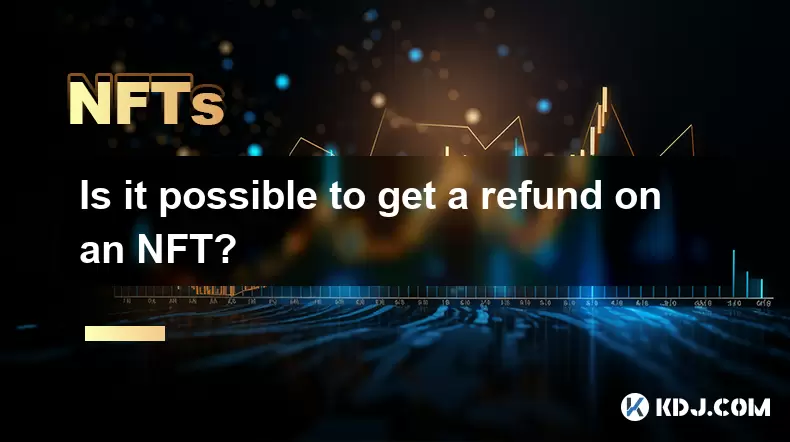
Is it possible to get a refund on an NFT?
Jul 21,2025 at 08:35pm
Understanding NFT Transactions and RefundsWhen you purchase an NFT (Non-Fungible Token), the transaction is typically recorded on a blockchain, making...
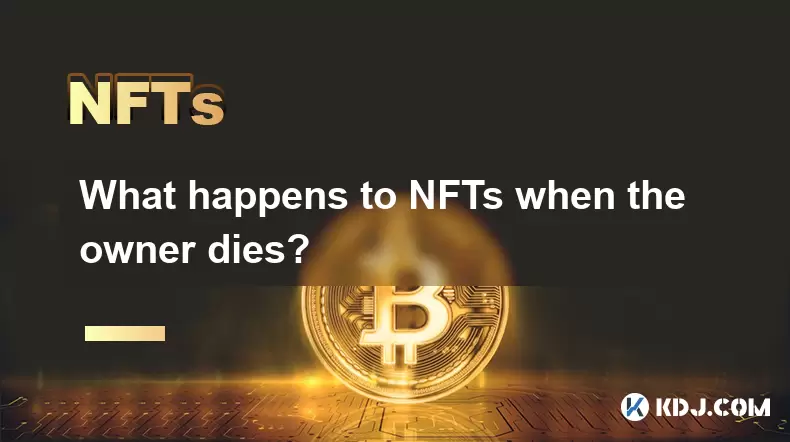
What happens to NFTs when the owner dies?
Jul 22,2025 at 02:43pm
Legal Ownership and Digital AssetsWhen an individual owns NFTs, the question of what happens to these assets upon their death is a pressing one. NFTs ...
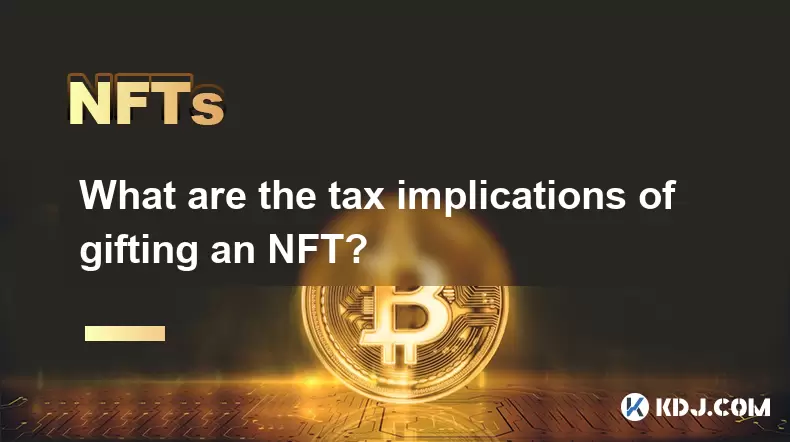
What are the tax implications of gifting an NFT?
Jul 19,2025 at 04:21am
Understanding the Basics of NFT GiftingGifting a Non-Fungible Token (NFT) involves transferring ownership from one individual to another without recei...
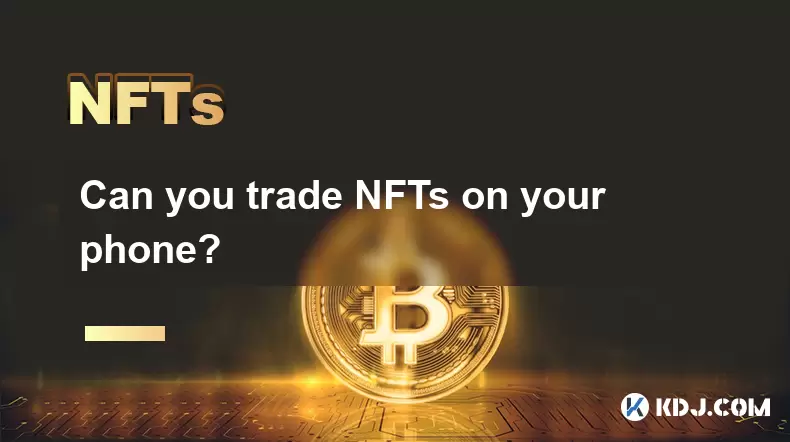
Can you trade NFTs on your phone?
Jul 18,2025 at 04:29am
Trading NFTs on Mobile DevicesYes, you can trade NFTs on your phone, and the process has become increasingly streamlined thanks to a variety of mobile...
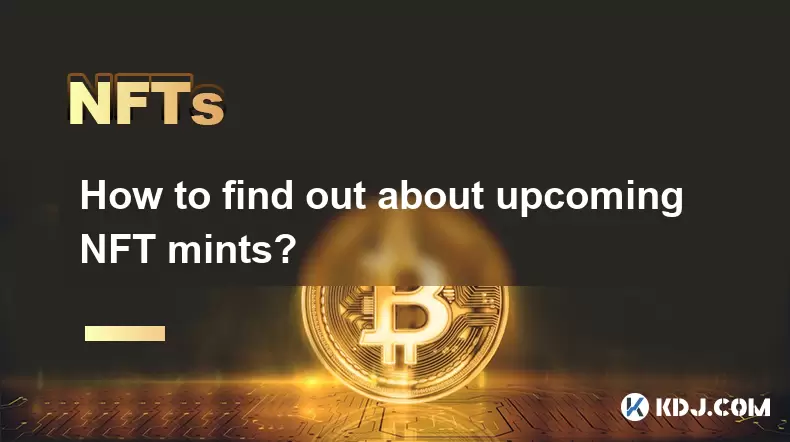
How to find out about upcoming NFT mints?
Jul 18,2025 at 11:50am
Exploring NFT Minting OpportunitiesUnderstanding the landscape of upcoming NFT mints is crucial for collectors, investors, and creators who wish to st...
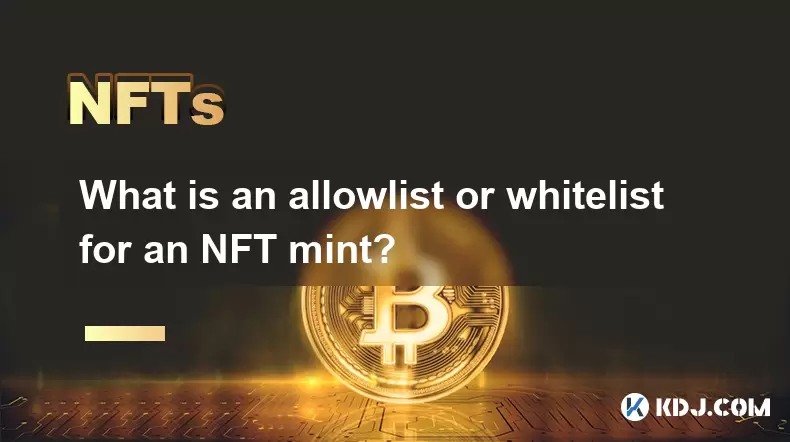
What is an allowlist or whitelist for an NFT mint?
Jul 20,2025 at 07:14pm
Understanding the Concept of an Allowlist for NFT MintingAn allowlist, also commonly referred to as a whitelist, is a mechanism used in the NFT mintin...

Is it possible to get a refund on an NFT?
Jul 21,2025 at 08:35pm
Understanding NFT Transactions and RefundsWhen you purchase an NFT (Non-Fungible Token), the transaction is typically recorded on a blockchain, making...

What happens to NFTs when the owner dies?
Jul 22,2025 at 02:43pm
Legal Ownership and Digital AssetsWhen an individual owns NFTs, the question of what happens to these assets upon their death is a pressing one. NFTs ...

What are the tax implications of gifting an NFT?
Jul 19,2025 at 04:21am
Understanding the Basics of NFT GiftingGifting a Non-Fungible Token (NFT) involves transferring ownership from one individual to another without recei...

Can you trade NFTs on your phone?
Jul 18,2025 at 04:29am
Trading NFTs on Mobile DevicesYes, you can trade NFTs on your phone, and the process has become increasingly streamlined thanks to a variety of mobile...

How to find out about upcoming NFT mints?
Jul 18,2025 at 11:50am
Exploring NFT Minting OpportunitiesUnderstanding the landscape of upcoming NFT mints is crucial for collectors, investors, and creators who wish to st...

What is an allowlist or whitelist for an NFT mint?
Jul 20,2025 at 07:14pm
Understanding the Concept of an Allowlist for NFT MintingAn allowlist, also commonly referred to as a whitelist, is a mechanism used in the NFT mintin...
See all articles

























































































